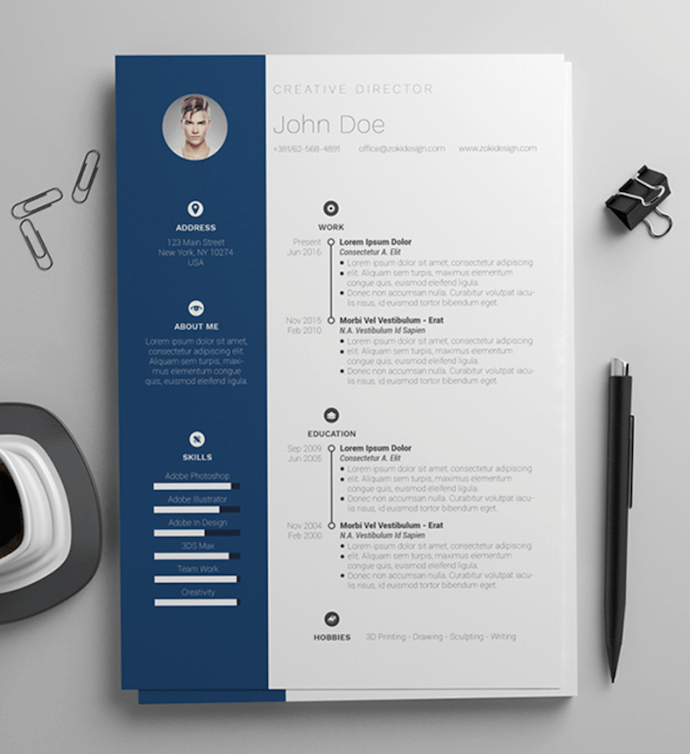

Please follow this step-by-step, section-by-section guide to write a good CV: With all of this in mind, let’s start working on your CV! Step 3: Fill in the blanks (with examples!)

Reassure the hiring manager that while you may not have the appropriate education or experience, you do have all the skills required for you to do your job well! TIP: Put the most emphasis on your transferable skills and competencies as opposed to qualifications or relevant work experience.

You should expand on the different subjects or modules you are/have studied and highlight any competencies/skills gained during your studies. TIP: Put emphasis on your qualifications since that is usually the biggest selling point you have. STUDENT CV – As the name suggests this CV is suitable for school leavers, college or university graduates and for people who write their first CV.The following are the three popular formats: These formats, while containing most of the fundamental sections, are sometimes worded different or some sections are presented in different orders. There are, however, different CV formats that enable the candidate to fully tailor the CV for maximum impact. Personal information (name, contact details and address).It would be quite bizarre finding a CV that doesn’t contain the candidate’s name and contact details!Ī typical CV format consists of the following eight sections: It’s true that all CVs adhere to a certain standard and guidelines. Step 2: Decide on the type of CV you require Please note: the above CV templates are presented in the UK format and layout.


 0 kommentar(er)
0 kommentar(er)
